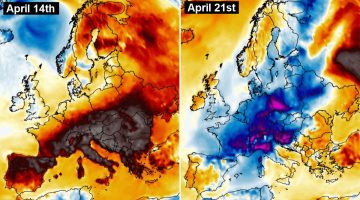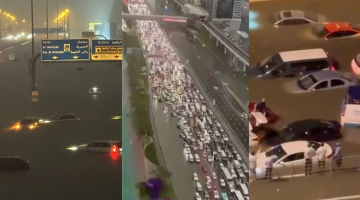Abstract
Although solar radiation management (SRM) through stratospheric aerosol methods has the potential to mitigate impacts of climate change, our current knowledge of stratospheric processes suggests that these methods may entail significant risks. In addition to the risks associated with current knowledge, the possibility of ‘unknown unknowns’ exists that could significantly alter the risk assessment relative to our current understanding. While laboratory experimentation can improve the current state of knowledge and atmospheric models can assess large-scale climate response, they cannot capture possible unknown chemistry or represent the full range of interactive atmospheric chemical physics. Small-scale, in situ experimentation under well-regulated circumstances can begin to remove some of these uncertainties. This experiment—provisionally titled the stratospheric controlled perturbation experiment—is under development and will only proceed with transparent and predominantly governmental funding and independent risk assessment. We describe the scientific and technical foundation for performing, under external oversight, small-scale experiments to quantify the risks posed by SRM to activation of halogen species and subsequent erosion of stratospheric ozone. The paper’s scope includes selection of the measurement platform, relevant aspects of stratospheric meteorology, operational considerations and instrument design and engineering.
IMPORTANTE!: Il materiale presente in questo sito (ove non ci siano avvisi particolari) può essere copiato e redistribuito, purché venga citata la fonte. NoGeoingegneria non si assume alcuna responsabilità per gli articoli e il materiale ripubblicato.Questo blog non rappresenta una testata giornalistica in quanto viene aggiornato senza alcuna periodicità. Non può pertanto considerarsi un prodotto editoriale ai sensi della legge n. 62 del 7.03.2001.









